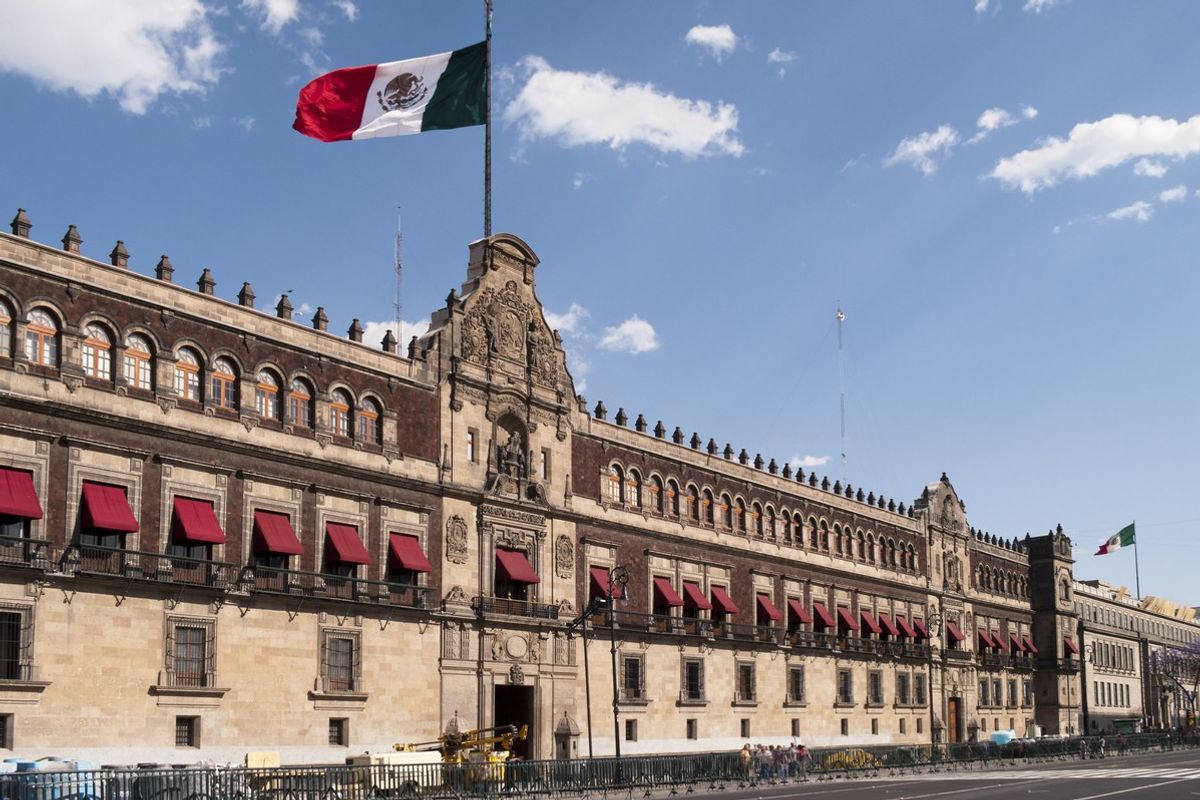Pablo Escobar’s childhood dream was to be a millionaire by the time he was 22. It is unclear if he met that specific goal, but at the height of his wealth, Escobar was worth $30 billion, money he earned as a Colombian drug lord.
In its new series, Narcos, Netflix shows Escobar’s rise to power as a drug kingpin. Although written as a fictional drama, Narcos has a documentary-like feel. Viewers see real video clips from the lives of Escobar and other members of the Medellín Cartel. It is narrated by DEA Agent Steve Murphy—played by Boyd Holbrook—and exposes viewers to the cocaine industry’s emergence and growth. The real Steve Murphy, who is a consultant for the show, recently said that he was “shocked that anyone would even want to watch a show about some two-decade-old case where the villain is dead now.” Narcos may be a show of the past, but the themes unveil many realities that are still prevalent today.
The “Robin Hood” Paisa
Let’s be clear: Escobar was as sleazy as they come. Narcos accurately depicts a man who brutally murdered those he perceived as threats to business, cheated on his wife, bribed government officials and law enforcement, and profited from a business that feeds off addiction. The scene that best portrays his ruthlessness is in episode 6, “Explosivos,” when an eager, young new father unknowingly blows-up an Avianca flight, killing himself and 109 others, all to execute Escobar’s attempt to kill presidential-hopeful César Gaviria Trujillo. In 1989, this really happened.
Despite his cruelty, 25 thousand Colombians attended Escobar’s funeral in 1993 and thousands still visit his grave every year, revering him as a savior. Narcos depicts how many locals perceive these drug lords as good people, because they provide services in areas that are too remote for adequate government attention. Escobar became known as “Robin Hood” or “Saint Escobar” by many Medellín residents for building houses, providing employment opportunities, and giving money to the poor.
The audience sees that much of the drug traffickers’ success comes from understanding the needs of the local population and having the money to address them—a problem South and Central American governments face when trying to pull residents away from coca production and other crimes that enable drug trafficking.
Industry Reach and Violence
As shown in the first few episodes of Narcos, initial cocaine exports to the U.S. were in small quantities hidden in suitcases or swallowed by transporters. The trafficking business quickly expanded into a network of drug traffickers from within Colombia and neighboring states. Not only was the Medellín Cartel fighting against law enforcement, but also with the rival Cali Cartel. Escobar’s downfall was aided by the Cali Cartel, which violently targeted Escobar’s homes, businesses, and lieutenants.
Drug cartels still thwart each other’s success today, and the resulting violence threatens Colombian security, especially considering that there are an estimated 300 active drug smuggling organizations in Colombia alone. The extent to which this violence is expanding throughout Colombia and other countries, also demonstrates the “whack-a-mole” problem with stopping the drug trade—when one is shut down, another pops up somewhere else.
Narcos and many drug enforcement officers share the same answer to the question of how to curtail drug trading: stop the demand coming from the U.S. Of course this is easier said than done, but most experts agree that the resulting violence in Latin America, which is also creeping north of the U.S.-Mexican border, will likely persist if counternarcotic efforts primarily focus on the supply-side.
Sensitive U.S.-Latin American Relations
Throughout Narcos, Escobar either bribes government officials to vote against extradicting drug offenders to the U.S., or kills those who disagree. The government officials themselves are torn. On the one hand, they do not want convicted drug traffickers to be put in a Colombian jail where, as DEA Agent Murphy explains in episode 4, “Extradition Blues,” they could enjoy women and movies before getting out on a reduced sentence. On the other hand, giving up drug traffickers to the U.S. contributes to the perception of the U.S. acting as the puppet master of Latin American governments. Although the U.S. influence in Latin America is weakening, the U.S. government provides advice, training, personnel, and financial aid for counternarcotic efforts.
Extradition to the U.S. is still an issue today. The Mexican government has promised that if, and when, Joaquín “El Chapo” Guzmán is recaptured after his bold escape from a Mexican jail this past July, he will be sent to the U.S. for trial. This highlights a larger theme of the sensitivity of U.S.-Latin American relations due to the tumultuous history. Narcos shows viewers how Latin American governments appreciate the resources provided by the U.S. government, but do not want the U.S. to control decisions on how they’re used. No matter what level of involvement is maintained, many Latin Americans remain suspicious of U.S. intentions toward the region.
Narcos begins by introducing a theme: “Magical realism is defined as what happens when a highly detailed, realistic setting is invaded by something too strange to believe.” The unexpected rise of the cocaine industry and the violence that accompanied that growth was surreal. Colombia has signifcantly transformed since Escobar’s time, but all things considered, viewers come to understand why Netflix concludes that there is a reason magical realism was born in Colombia.
Alana Garellek is an analyst with The Cipher Brief.









